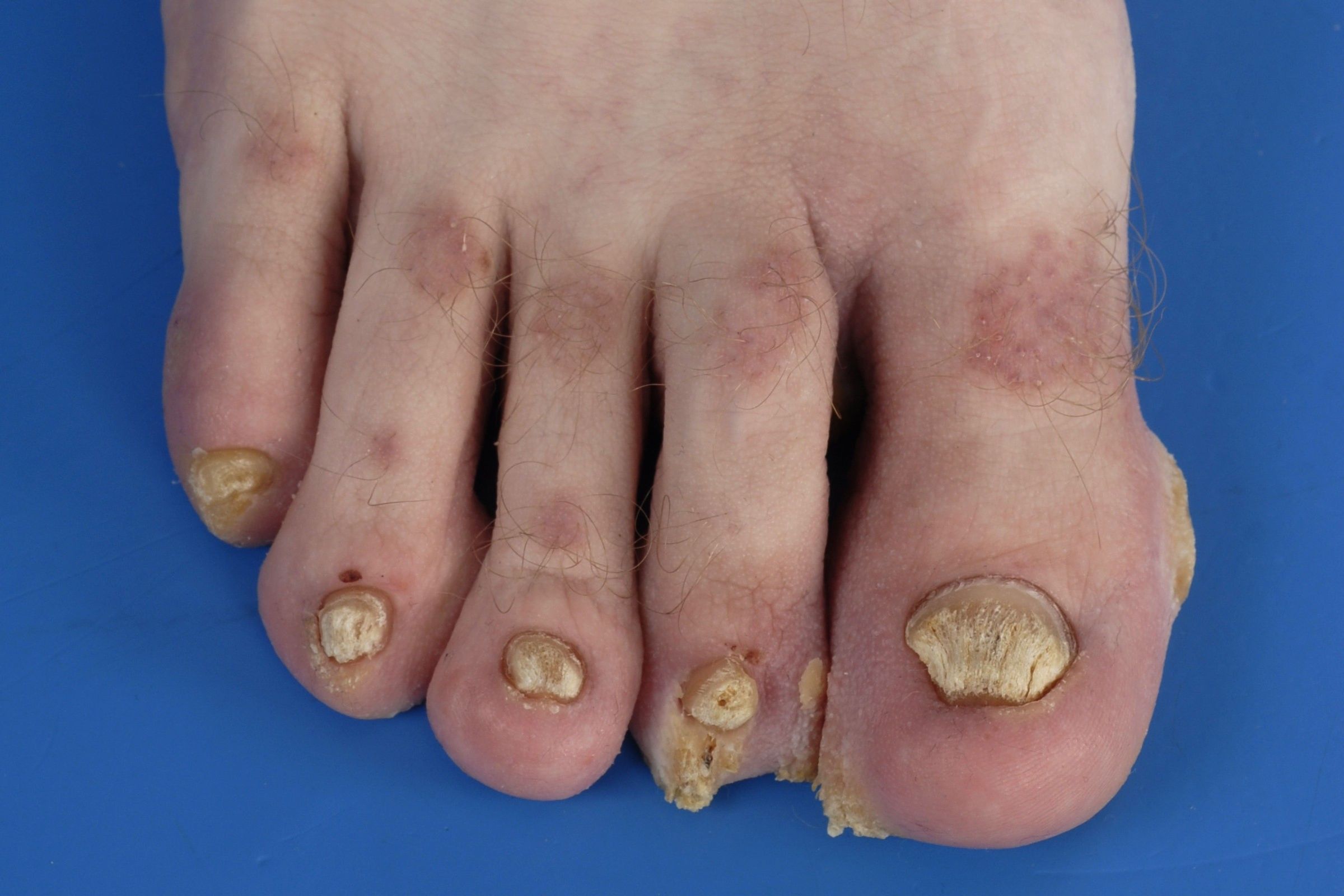
Pachyonychia Congenita is a rare genetic disorder that affects the skin, nails, and sometimes other parts of the body. Characterized by thickened nails, painful calluses, and cysts, this condition can make everyday activities challenging. Did you know that Pachyonychia Congenita is caused by mutations in one of five specific genes? These mutations lead to abnormal keratin production, which is crucial for skin and nail health. Interestingly, the disorder can present differently even among family members. While there is no cure, treatments focus on managing symptoms and improving quality of life. From specialized footwear to gene therapy research, various approaches aim to ease the burden of this condition. Curious about more details? Let's delve into 28 fascinating facts about Pachyonychia Congenita.
What is Pachyonychia Congenita?
Pachyonychia Congenita (PC) is a rare genetic disorder that affects the skin, nails, and other parts of the body. It is caused by mutations in one of five keratin genes. This condition can lead to a variety of symptoms, making daily life challenging for those affected.
- PC is a genetic disorder caused by mutations in the KRT6A, KRT6B, KRT6C, KRT16, or KRT17 genes.
- It is inherited in an autosomal dominant pattern, meaning only one copy of the altered gene is needed to cause the disorder.
- The condition affects approximately 1 in 1 million people worldwide.
- Symptoms usually appear within the first few months of life.
- Thickened nails are one of the most common signs of PC.
Symptoms of Pachyonychia Congenita
The symptoms of PC can vary widely among individuals, even within the same family. Here are some of the most common symptoms associated with this condition.
- Painful calluses on the soles of the feet and palms of the hands.
- Blisters that form easily, especially on the feet.
- Cysts that can develop on various parts of the body.
- Oral leukokeratosis, which are white patches on the tongue and inside the cheeks.
- Follicular hyperkeratosis, a condition where hair follicles become clogged with keratin.
Diagnosis of Pachyonychia Congenita
Diagnosing PC can be challenging due to its rarity and the variability of symptoms. However, there are specific methods used to confirm the diagnosis.
- Genetic testing is the most definitive way to diagnose PC.
- A skin biopsy can help identify characteristic changes in the skin.
- Clinical examination by a dermatologist familiar with PC is crucial.
- Family history can provide important clues for diagnosis.
- Symptom tracking over time helps in understanding the progression of the disorder.
Treatment and Management
While there is no cure for PC, various treatments and management strategies can help alleviate symptoms and improve quality of life.
- Pain management is essential, often involving medications and special footwear.
- Regular foot care to manage calluses and blisters.
- Topical treatments like keratolytics to reduce thickened skin.
- Oral retinoids may be prescribed to help with skin symptoms.
- Surgical interventions can sometimes be necessary to remove painful cysts.
Living with Pachyonychia Congenita
Living with PC requires ongoing care and support. Here are some aspects of daily life and coping strategies for those affected by this condition.
- Support groups can provide emotional and practical support.
- Adaptive devices like special shoes and insoles can help with mobility.
- Education and awareness are crucial for both patients and healthcare providers.
- Physical therapy can improve mobility and reduce pain.
- Dietary adjustments may be needed to manage oral symptoms.
Research and Future Directions
Ongoing research is essential for better understanding and treating PC. Here are some of the latest developments and future directions in PC research.
- Gene therapy is being explored as a potential treatment for PC.
- Clinical trials are ongoing to test new medications and therapies.
- Patient registries help researchers collect data and track the progression of the disorder.
Final Thoughts on Pachyonychia Congenita
Pachyonychia Congenita (PC) is a rare genetic disorder that affects the skin, nails, and sometimes the mouth. Understanding PC helps in recognizing the challenges faced by those living with it. Symptoms can vary widely, from thickened nails to painful blisters on the feet. Early diagnosis and proper care can significantly improve quality of life.
Research is ongoing, offering hope for better treatments and possibly a cure. Support groups and organizations play a crucial role in providing resources and community for those affected. Awareness is key to fostering empathy and support for individuals with PC.
By learning about PC, we contribute to a more inclusive society where everyone’s unique challenges are acknowledged and addressed. Keep spreading the word and supporting research efforts. Every bit of knowledge helps in making a difference.
Was this page helpful?
Our commitment to delivering trustworthy and engaging content is at the heart of what we do. Each fact on our site is contributed by real users like you, bringing a wealth of diverse insights and information. To ensure the highest standards of accuracy and reliability, our dedicated editors meticulously review each submission. This process guarantees that the facts we share are not only fascinating but also credible. Trust in our commitment to quality and authenticity as you explore and learn with us.
